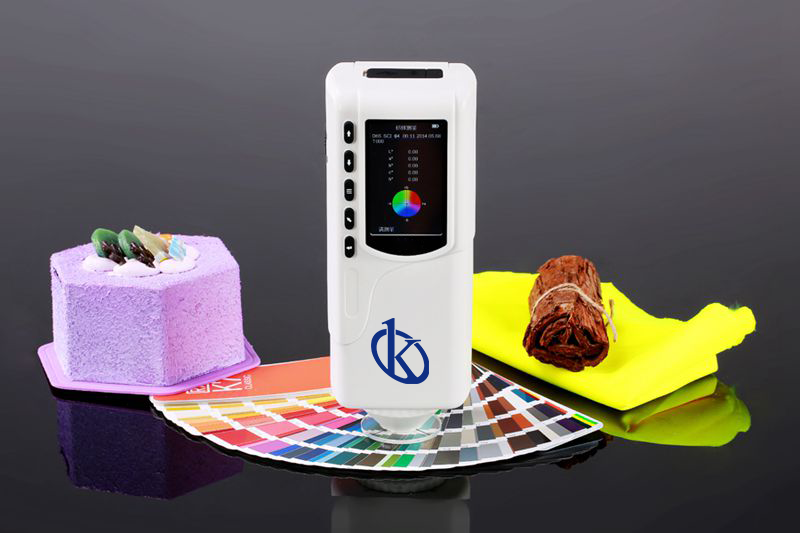The colorimeter is a very sensitive measuring tool used in scientific research to determine the content of a substance in a sample. It is an instrument that measures the intensity of a color and is based on the principle of selective absorption: a substance that absorbs a specific wavelength of light will appear darker than other substances that do not absorb it. The colorimeter is used to quantify concentrations of substances in solutions, and has also been used in the investigation of color mixtures to establish the degree of mixing.
Likewise, they have traditionally been used in chemical analysis, and more recently have been incorporated into some medical diagnostic equipment. In scientific research, the colorimeter is often used to determine the chlorine content in water, the sugar content in the drinking establishment, and the fat content in food. The colorimeter has also been used in the study of color chemistry, in the analysis of natural pigments and in research on color perception.
Colorimeter structure
The colorimeter consists of a chamber with a diffraction grating on its front, and a mirror that reflects light through the grating onto the sample. The grating produces a broad band of light of a single color, which is what the colorimeter measures. The light is reflected by the sample and the intensity of the light of each measured wavelength is measured.
Color measurement is usually performed in units of light intensity. The colorimeter is very sensitive, and can measure concentrations of substances in solutions that are very low. For this reason, it has been used successfully in scientific research to quantify concentrations of substances in very small samples.
It is used in scientific research to measure the absorbance of light in solutions. It is a device that measures the color of a solution and is used in a wide variety of applications, from determining the chlorine content in drinking water to identifying bacteria in certificate and soil samples.
Colorimeter Mechanism
The colorimeter is a fairly simple device, consisting of a light box, a lens and a detector. Light is directed through the solution and the detector measures the amount of light that is absorbed by the solution. Absorbance can be expressed in terms of light intensity or in terms of specific absorbance, which is the absorbance of light per unit wavelength. Colorimeters are used in a wide variety of scientific applications. For example, they can be used to measure the concentration of chlorine in drinking water, the concentration of iron oxide in soil samples and the enzyme activity of a tissue sample. They are also used for the identification of bacteria in urine and stool samples. There are different types of colorimeters, which are selected depending on the application in question.
Field spectrophotometric colorimeters are used to measure the absorbance of light in solutions in the laboratory. Portable colorimeters are used in field environments and can be used to measure the absorbance of light in solutions or in air. Automatic colorimeters are used in applications where a large number of measurements are required. Colorimeters are used in a wide variety of scientific applications due to their simplicity, reliability and low cost. Their familiarity and widespread use make colorimeters an invaluable tool for scientific research.
Kalstein colorimeter
For different commercial sectors, the use of the Colorimeter becomes the ideal equipment, providing accuracy, effectiveness and safety. It has a combination of full spectrum LED light source, flat grating and true color capacitive touch screen, with high starting point; Silicon photodiode array (24 groups in double columns), display accuracy 0.1, good repeatability.
If you want to see more of our catalog HERE In addition, as we are manufacturers we can guide you, so that your purchase is ideal and at excellent prices. Take a look HERE

